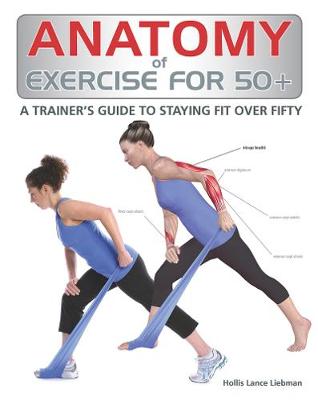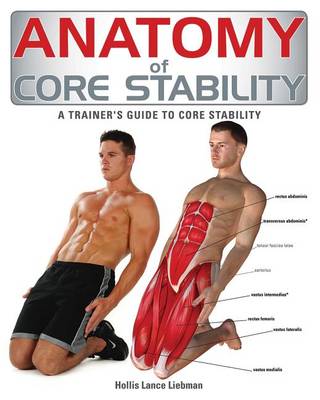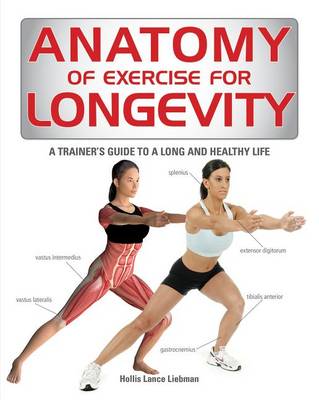Anatomy of
4 total works
Over 35,000 copies have been sold of this essential guide for the burgeoning over 50 population.
The exercises in Anatomy of Exercise for 50+ will support good health at any age, but for those over fifty they can help in the prevention of specific age-related problems like joint mobility, balance and fatigue, as well as medical conditions like heart disease, colon cancer, diabetes, osteoporosis, arthritis and Alzheimer's disease.
This book follows the successful format of the "Anatomy of" books, which have sold more than 500,000 copies. The series' revolutionary approach is the combination of photographs and lifelike anatomical drawings that reveal in colourful detail exactly which muscles are engaged and how, and which muscles benefit from each exercise.
For those who want to take control of their health, at whatever age, and for fitness trainers, physiotherapists and activity managers in community care facilities, retirement homes and nursing homes Anatomy of Exercise for 50+ is an instructive and practical resource.
The exercises in Anatomy of Exercise for 50+ will support good health at any age, but for those over fifty they can help in the prevention of specific age-related problems like joint mobility, balance and fatigue, as well as medical conditions like heart disease, colon cancer, diabetes, osteoporosis, arthritis and Alzheimer's disease.
This book follows the successful format of the "Anatomy of" books, which have sold more than 500,000 copies. The series' revolutionary approach is the combination of photographs and lifelike anatomical drawings that reveal in colourful detail exactly which muscles are engaged and how, and which muscles benefit from each exercise.
For those who want to take control of their health, at whatever age, and for fitness trainers, physiotherapists and activity managers in community care facilities, retirement homes and nursing homes Anatomy of Exercise for 50+ is an instructive and practical resource.
Pilates and yoga practitioners as well as dedicated athletes are familiar with the concept of "core stability." They understand its importance in achieving and maintaining superior fitness. A strong and stable core improves athletic performance, increases power and endurance, reduces stress on the body and minimizes the chances of injury. It helps to improve balance and posture, alleviates back pain and minimizes fatigue. Even everyday actions are easier, whether climbing stairs or lifting a box or holding a baby. The muscles most responsible for core stability run the length of the trunk and torso. They include the famous "six pack" abdominal muscles, the muscles that underlie the spinal column and neck and which help to rotate the back, the oblique muscles, and the muscles of the hips and thighs. Exercises designed specifically to address these muscles are the only way to build a stable core. 'Anatomy of Core Stability' features such exercises. They are designed to work the entire core musculature, from the major muscles in the abdomen, spine, lower back, torso, hips and thighs, which endure the greater effort, to the smaller assisting muscles, which support the larger. Many exercises use inexpensive equipment such as a stability ball, medicine ball, free weights and wobble board.
A guidebook to basic yet crucial exercises in building endurance for a long healthy life.



